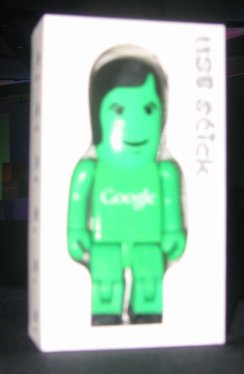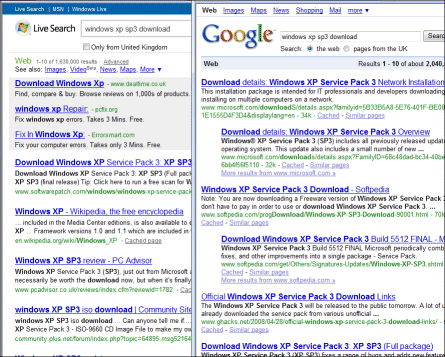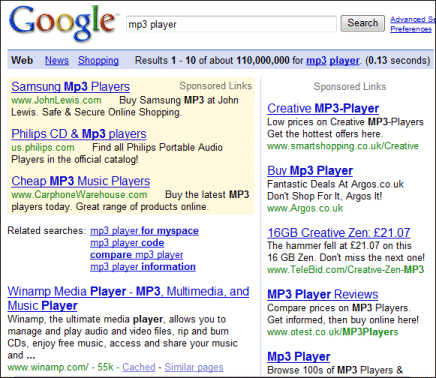We all know what Web 2.0 means. Google, Flickr, Facebook, Yahoo, mash-ups usually with Google Maps or Flickr, Salesforce.com, and anything but Microsoft. But what does it mean for everyday businesses, like some of the small businesses I talk to from time to time? Some are sceptical. One I can think of sells a successful software application but does not even run a support forum – why make it easy for others to discuss and publicise flaws and problems in your product?
I was interested therefore in a recent book by Amy Shuen, called Web 2.0: A strategy Guide. A foreword by Tim O’Reilly says, "it is the first book that really does justice to my ideas". It was O’Reilly who popularized the Web 2.0 concept – and yes, it is anO’Reilly book.
Shuen writes enthusiastically about network effects, using Flickr, Netflix, Google, Facebook, LinkedIn, Amazon and Apple (iPod/iTunes/iPhone) as case studies. I enjoyed it, but the problem with this kind of book is the chasm between these few web giants and everyone else. Another problem is the tendency to ignore the Web 2.0 graveyard – thousands of start-ups that fail, or moribund and/or spam-infested blogs and forums. Since there are more failures than successes, it would be sobering to investigate these rather than riding a wave of Web 2.0 hype. Nevertheless, it is a thought-provoking book with an extensive bibliography, and not a bad starting point for investigating Web 2.0 concepts. I liked the “five steps to Web 2.0”, which begin with finding collective value and end with perhaps the most important, which is what Shuen calls “recombining innovations”:
New-style click-and-mortar, online-offline network partnerships focus on bridging and building new networks rather than replacing or disrupting the infrastructures of offline companies.
I’ve also received a short Web 2.0 book by Marco Cantù, called The Social Web. It is a brisk tour of the sites and concepts that form today’s online communities. Typical readers of this blog probably won’t find anything new here; but I liked the common-sense tips on things like blogging and creating interactive web sites.
I would argue that almost all businesses either are, or should be, “click-and-mortar” entities. Whatever business you are in, a useful question is: what proportion of purchases in your sector begin with or include a Google search? If the answer is significant, you are in the Web 2.0 business.
That does not mean SEO (Search Engine Optimization) is the answer to everything. I am an SEO sceptic. All too often, SEO is lipstick on a pig. Optimise your web site for users, not robots. Further, it is no good trying to get users to interact with you, if you are not willing to interact with them. Surprisingly, I see this all the time. I suggest spending less time worrying about high Google ranking, and more time worrying about what users find when they do land on your site.
The case studies that interest me most are where old-style businesses have found ways to engage successfully with Web 2.0 innovations. For example, I’ve written about kitchons.com, which services domestic appliances and tunes its business via Google ads. I came across another example today: a financial company which lets you put an image from Flickr on your credit card. Clever.
Web 2.0: A Strategy Guide by Amy Shuen (ISBN: 978-0-596-52996-3). O’Reilly $24.99.
The Social Web written and published by Marco Cantù. $17.39 print or $8.70 electronic, from Lulu.
Technorati tags:
web 2.0,
internet


